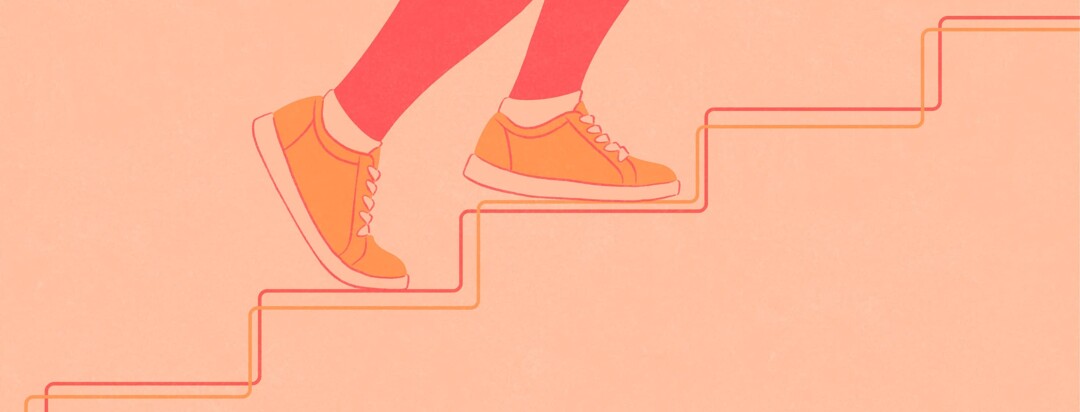Recovery, A Gradual Process
In case you missed it, check out Parts 1 and 2 of this series!
Tina was discharged from the hospital the following day. It was a huge sigh of relief for me to see her home, but the residual effect of this calamity lingered around for months. The first two weeks however had been particularly challenging. She was too tired and weak to even cough, let alone express herself audibly in words. My efforts to rebuild her blood supply had begun in full swing.
Being vegetarians, we relied majorly on red apples, beetroot, dry fruits such as prunes and raisins, legumes and millets to regain strength. Moringa, a plant native to south Asia supposedly heals damaged cells and treats muscle exhaustion. This leafy green is also known to be a natural energy booster and she consumed it in the form of soup twice a day. Coconut water, an excellent source of potassium, helped to keep her hydrated. In a couple of weeks a lot of iron-rich foods/supplements, medicines and adequate amount of rest helped her recoup physically.
Practicing mindfulness through meditation
However, it took a long time for us to address the psychological implications of this appalling episode as it had emotionally scarred her. This mishap had struck her at a time when she was just about beginning to accept living with this condition.
She seemed to have developed a sense of fear towards invasive procedures, doctors, hospitalization, and even the sound of an ambulance siren. She would wake up disturbed and panic stricken in the middle of the night assuming a massive leak of blood gushing out of her underarms. I was worried if this incident had led to a downward spiral and Tina would stop keeping up with treatments, diet and exercise, and sink further into despair.
It was a mammoth task for her to rebuild self-confidence and address her fears. But as days slipped into weeks, I noticed a resolute calmness in her. I was happy to see her gravitate towards mediation and yoga practices that helped her heal memories associated with pain and suffering. Practicing Nadi Shodhan Pranayama (alternate nostril breathing technique) twice a day for about 15 minutes specially helped in releasing the accumulated tension and fatigue.
Looking at the bigger picture
Over the next couple of weeks, I had begun to pay close attention to the random thoughts fluttering in my head; one of which was about single parenting. I had probably been suppressing it for years, but it had somehow surfaced to the conscious layer of my mind.
I realized that I had begun to harbor guilt over my child rearing capabilities. Had I nourished her growing body with all the nutritional requirements? Had I overstressed her about schooling and education? Did I succeed in building a stable and loving home for my daughter despite not having a 'complete' family? Could these factors have contributed to her current illness? To a certain degree, yes.
But as we continued to deepen our understanding about HS, some newfound observations brought relief from the single-mum guilt that had lingered in the edges of my mind. We learned that these mystery flares would aggravate during her monthly cycle. They would double in size particularly during the monsoon and winter months. Strangely, 24-48 hours after consuming milk or any milk product these annoying flare ups would only get worse.

Join the conversation